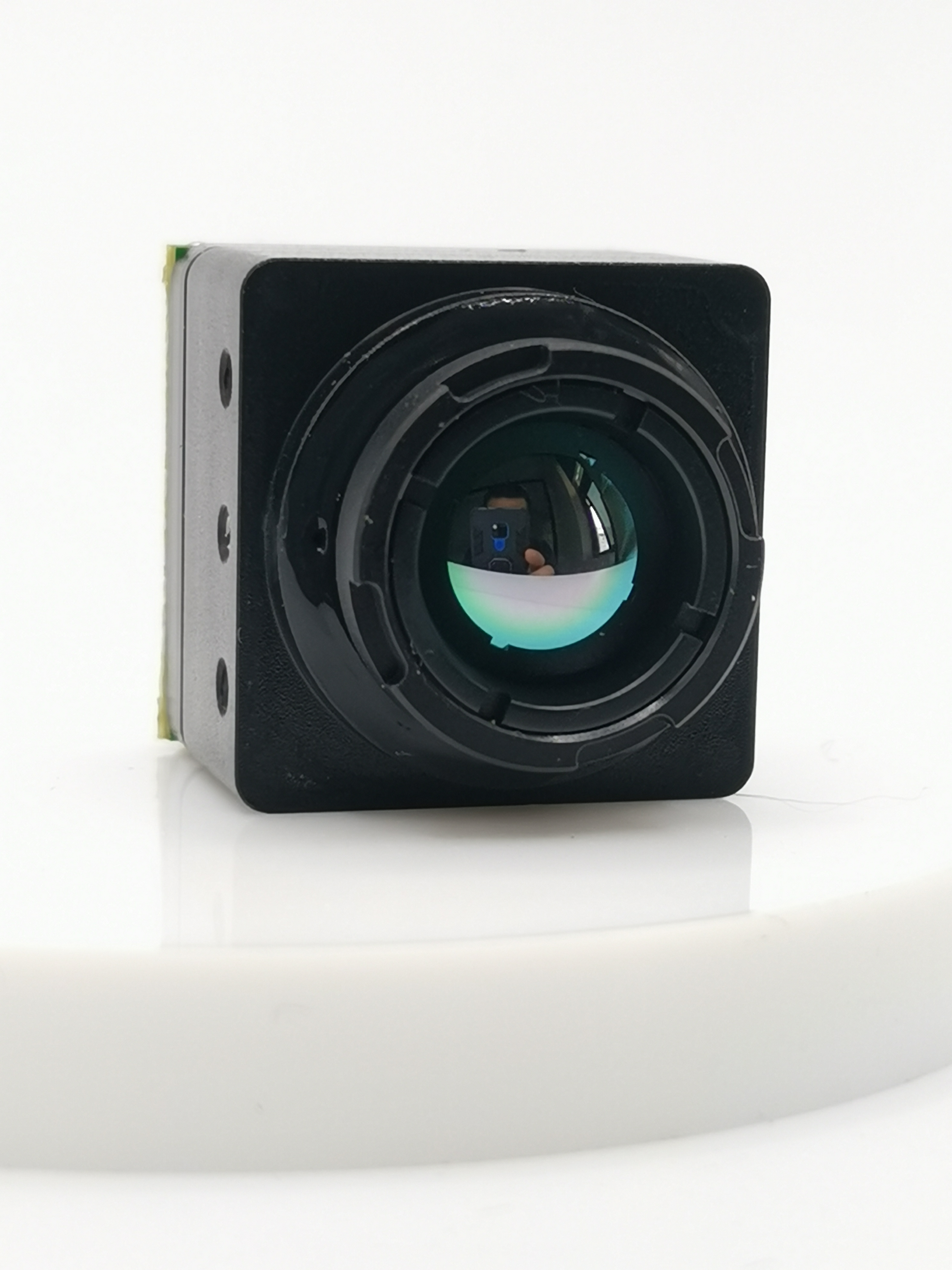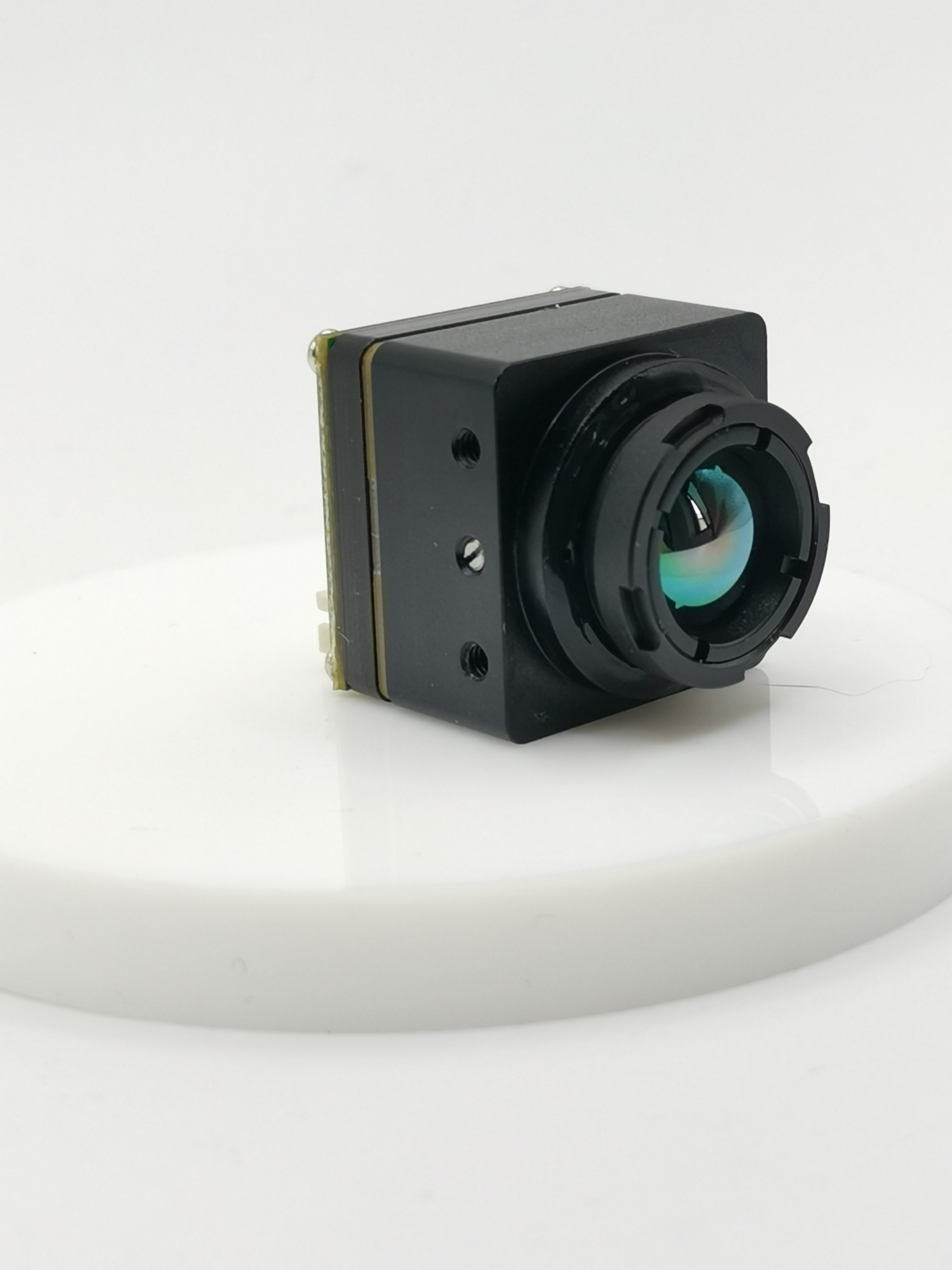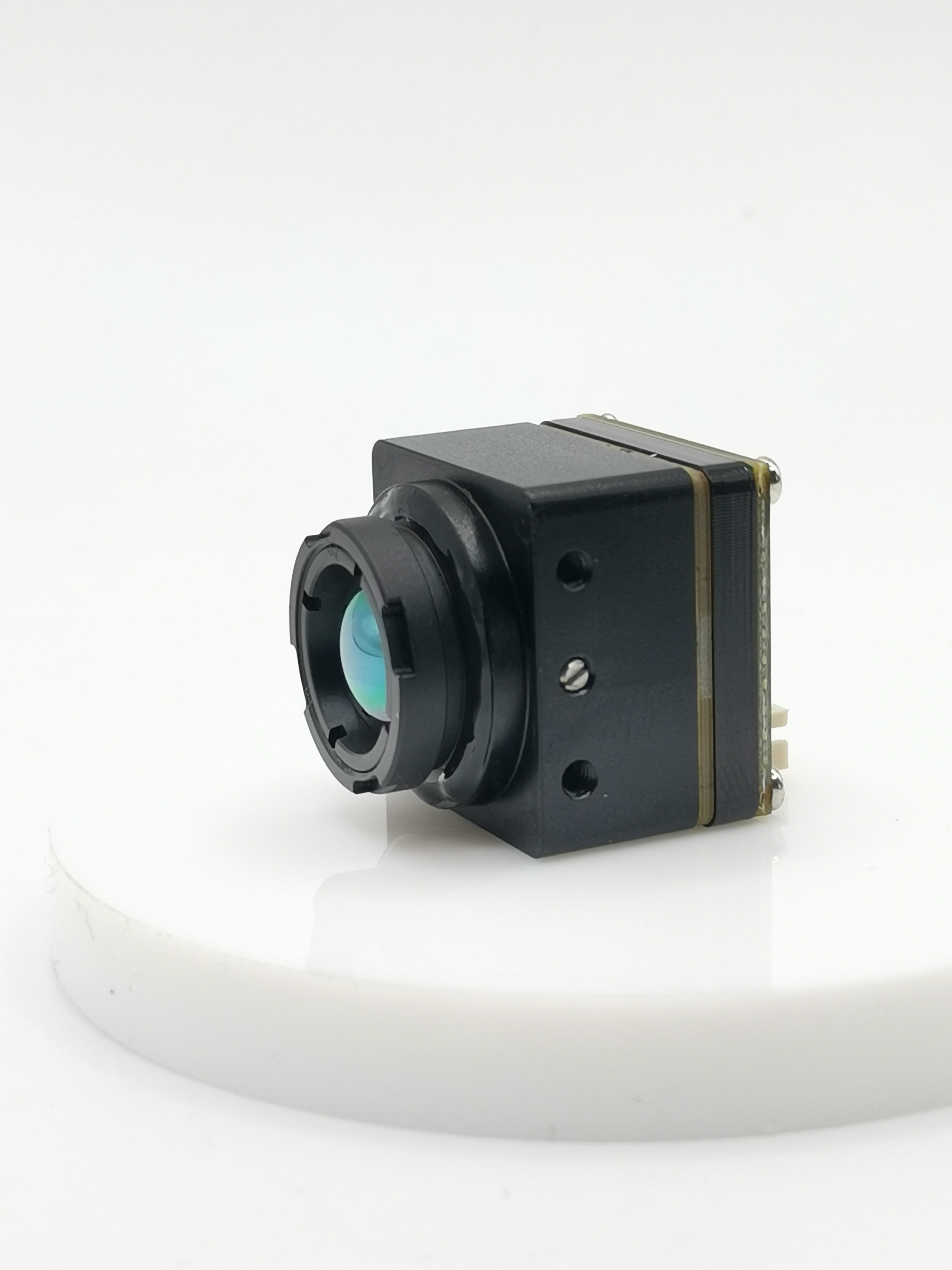Unveiling the Future: FPV Drone Thermal Cameras Revolutionize Surveillance

Introducing the groundbreaking technology of FPV drone thermal cameras, a revolutionary tool in modern surveillance. Highlighting the crucial role of advanced drone with camera and thermal capabilities in safeguarding communities and enhancing security measures. Providing a sneak peek into the upcoming sections, exploring the evolution, applications, and future trends of FPV drone thermal cameras in surveillance operations. For those interested, there are options for a drone thermal camera for sale to meet various professional needs.
The Rise of FPV Drone Thermal Cameras

In the realm of surveillance technology, the evolution of drone technology has marked a significant milestone with the integration of thermal cameras. Initially, drones were primarily used for aerial photography and recreational purposes. However, with the introduction of thermal imaging capabilities, these unmanned aerial vehicles have transcended their traditional roles to become indispensable tools in various industries.
The early developments in drone technology paved the way for groundbreaking innovations in capturing high-resolution thermal images from the air. This revolutionary technology has been widely adopted across different sectors for its ability to provide detailed maps and detect heat sources effectively. As a result, industries such as construction, agriculture, and environmental monitoring have embraced drones equipped with thermal cameras for enhanced efficiency and productivity.
The seamless integration of thermal cameras into drones has unlocked a myriad of applications in surveillance operations. From law enforcement agencies utilizing this advanced technology for search and rescue missions to industrial facilities conducting routine inspections, the versatility of FPV drone thermal cameras is unparalleled. These devices play a crucial role in ensuring safety and security by offering real-time monitoring capabilities from elevated vantage points.
When it comes to applications in surveillance, drones equipped with thermal cameras have proven invaluable in enhancing security measures. Law enforcement agencies leverage this technology to track suspects, conduct reconnaissance missions, and monitor public events discreetly. Similarly, industrial facilities utilize FPV drone thermal cameras for perimeter surveillance, asset protection, and emergency response planning.
The increasing market availability of drones with thermal imaging capabilities reflects the growing demand for advanced surveillance solutions. Whether it's a drone thermal camera for sale or a sophisticated model equipped with both visual and thermal sensors, consumers now have access to a wide range of options tailored to their specific needs. This accessibility has democratized surveillance technology, empowering individuals and organizations alike to harness the benefits of FPV drone thermal cameras.
Key Features and Benefits
Advanced Imaging Capabilities
High-Resolution Thermal Imaging
Drones with Thermal Imaging Cameras offer unparalleled advanced imaging capabilities, particularly in the realm of high-resolution thermal imaging. The cutting-edge technology embedded within these drones enables the capture of detailed thermal images with exceptional clarity and precision. By utilizing thermal imaging, users can seamlessly detect heat signatures, identify anomalies, and enhance surveillance operations with unmatched efficiency.
In various industries such as construction, agriculture, and environmental monitoring, the utilization of drones with thermal imaging cameras has revolutionized data collection processes. The high-resolution thermal imaging feature allows for the accurate mapping of landscapes, identification of structural issues, and monitoring of environmental changes over time. This capability not only streamlines operational workflows but also ensures optimal decision-making based on real-time thermal data insights.
The integration of high-resolution thermal imaging in drones empowers users to conduct comprehensive inspections from aerial perspectives. Whether it's assessing building structures for potential heat leaks or identifying hotspots in agricultural fields, the detailed thermal images captured by these drones provide invaluable information for proactive maintenance and risk mitigation strategies.
Night Vision
One of the standout features of drones with thermal imaging cameras is their exceptional night vision capabilities. Equipped with state-of-the-art infrared technology, these drones can effectively navigate low-light conditions and capture clear thermal images even in darkness. This night vision functionality enhances surveillance operations by extending monitoring capabilities beyond daylight hours, ensuring continuous security coverage round the clock.
The implementation of night vision technology in drones with thermal imaging cameras is particularly beneficial for law enforcement agencies conducting covert operations or search-and-rescue missions during nighttime. By leveraging infrared sensors to detect heat signatures in dark environments, these drones enable swift and efficient responses to emergencies while maintaining a discreet presence.
Enhanced Surveillance Range
Professional Distance Range
When it comes to surveillance applications, drones with thermal imaging cameras excel in offering an enhanced surveillance range that extends far beyond traditional monitoring methods. With a professional distance range of up to 1.2km, these drones can cover expansive areas efficiently and gather critical thermal data from remote locations. This extended surveillance range is instrumental in securing vast perimeters, monitoring wildlife habitats, and safeguarding critical infrastructure with precision.
The professional distance range capability of drones with thermal imaging cameras makes them indispensable tools for border security agencies seeking to enhance situational awareness along national boundaries. By deploying these drones equipped with long-range thermal imaging capabilities, border patrol units can detect intrusions proactively, track movement patterns accurately, and respond swiftly to potential threats along border regions.
Passive Detection
Incorporating passive detection technology into drones with thermal imaging cameras further elevates their surveillance effectiveness by enabling silent monitoring operations without alerting potential targets. The passive detection feature allows these drones to detect heat emissions discreetly from objects or individuals within their operational range without emitting any signals that could compromise their position.
By leveraging passive detection capabilities in drones with thermal imaging cameras, security personnel can conduct covert surveillance missions undetected while gathering crucial intelligence on suspicious activities or unauthorized intrusions. This stealthy approach to surveillance ensures that critical information is obtained surreptitiously without raising any alarms among targeted subjects or entities.
Combat Strategies
Blinding Techniques
An innovative combat strategy employed by FPV drone operators involves utilizing blinding techniques using laser devices against unauthorized drones operating within restricted airspace zones. By directing focused laser beams towards the video camera lenses of intruding drones equipped with visual sensors or FPV systems, operators can disrupt their visual feed effectively and render them temporarily incapacitated.
Blinding techniques serve as a non-destructive countermeasure deployed by FPV drone operators to neutralize potential threats posed by unauthorized aerial vehicles attempting to breach secure airspace boundaries or interfere with critical infrastructure operations. This strategic approach not only mitigates risks associated with rogue drone activities but also demonstrates the tactical versatility of FPV drone technologies in safeguarding sensitive areas from external disruptions.
fpv drone thermal camera
The integration of advanced FPV drone technologies such as fpv drone wi has paved the way for enhanced combat strategies against aerial threats through the deployment of specialized FPV drone models equipped with cutting-edge thermal imaging capabilities. These specialized drones leverage infrared sensors to detect heat signatures emitted by unauthorized aerial vehicles operating covertly under the cover of darkness or adverse weather conditions.
By harnessing the power of fpv drone wi, security teams can effectively identify and track suspicious airborne targets that may evade visual detection methods through conventional means. The utilization of FPV drone technologies equipped with thermal cameras enhances situational awareness during combat scenarios by providing real-time insights into heat-emitting sources within monitored airspace zones.
Future Trends in Surveillance

Technological Advancements
Artificial Intelligence (AI) integration marks a pivotal advancement in drone technology. The fusion of AI algorithms with FPV drone thermal cameras enhances real-time data analysis capabilities, enabling automated decision-making processes for surveillance operations. By leveraging AI-powered drones, users can streamline information processing, identify patterns efficiently, and respond proactively to potential security threats.
The integration of AI in FPV drone thermal cameras revolutionizes surveillance strategies by enabling predictive analytics based on historical data trends. These intelligent drones can anticipate security breaches, optimize patrol routes, and prioritize alerts for suspicious activities. With AI-driven insights, security personnel can make informed decisions swiftly, enhancing overall situational awareness and response effectiveness.
Improved Battery Life
Another key technological trend shaping the future of surveillance is the continuous improvement in battery life for drones with thermal imaging cameras. Extended battery longevity allows these drones to operate for prolonged durations without frequent recharging intervals, ensuring uninterrupted surveillance coverage over expansive areas. The enhanced battery performance empowers users to conduct long-range missions, monitor critical infrastructure round the clock, and maximize operational efficiency.
The advancements in battery technology for drones with thermal imaging cameras not only extend flight endurance but also enhance overall mission reliability. With extended battery life capabilities, these drones can sustain prolonged flights for persistent monitoring tasks, emergency response operations, and search-and-rescue missions. This increased operational flexibility ensures that surveillance objectives are met effectively without interruptions due to low power constraints.
Market Growth
Increasing Demand
The market landscape for drone thermal cameras is witnessing a surge in demand driven by the growing need for advanced surveillance solutions across various sectors. From law enforcement agencies seeking cutting-edge tools for public safety to industrial facilities prioritizing asset protection measures, the demand for FPV drones equipped with thermal imaging capabilities continues to rise exponentially. This increasing market demand underscores the critical role of FPV drone thermal cameras in enhancing security protocols and safeguarding valuable assets.
As industries recognize the unparalleled benefits of drones with thermal imaging cameras, the demand for these innovative devices is projected to escalate further in the coming years. The versatility of FPV drones in conducting aerial inspections, monitoring large-scale events, and securing sensitive locations positions them as indispensable assets in modern surveillance practices. The rising demand reflects a paradigm shift towards proactive security measures that leverage advanced technologies to mitigate risks effectively.
fpv drone wi
The integration of wireless communication technologies such as Wi-Fi connectivity (fpv drone wi) represents a significant market trend driving innovation in surveillance applications. FPV drones equipped with Wi-Fi capabilities enable seamless data transmission between the drone and ground control stations, facilitating real-time video streaming and telemetry feedback during missions. This wireless connectivity feature enhances operational efficiency by providing instant access to live thermal imaging feeds and telemetry data for swift decision-making processes.
By incorporating Wi-Fi connectivity into FPV drone thermal cameras, users can establish secure communication channels for remote monitoring and control functionalities. The integration of fpv drone wi ensures reliable data transmission over extended distances, enabling operators to maintain constant contact with airborne drones during surveillance operations. This wireless technology optimizes situational awareness, mission coordination, and data sharing among multiple stakeholders involved in complex surveillance scenarios.
Drones equipped with thermal imaging cameras are revolutionizing various industries, offering enhanced mobility and aerial imaging capabilities. These innovative tools have versatile applications across sectors such as industry, agriculture, and emergency response scenarios. The integration of drones and thermal imaging technology brings significant advantages to different fields, transforming traditional practices with cutting-edge capabilities. Selecting the appropriate drone is crucial for maximizing the benefits of thermal imaging technology in diverse operational contexts. Industries have abundant opportunities to leverage the efficiency and effectiveness of drones with thermal imaging cameras for enhanced productivity and safety measures.
See Also
Revolutionizing Drone Surveillance with Analog FPV Thermal Cameras
Transforming Drone Inspections with FPV Thermal Cameras
Mastery of Drone Surveillance Using FPV Thermal Camera Tech
Enhancing Drone Surveillance Visibility with FPV Thermal Cameras
Analog FPV Thermal Cameras: The Latest in Drone Tech Evolution
Contact Us: Ms. Coco Huang
E-mail: sales@iasun.cn
WhatsApp/Wechat: +86 13510421923

